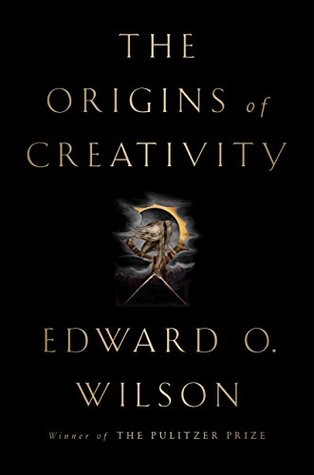More on this book
Kindle Notes & Highlights
The realm of science is everything possible in the universe; the realm of the humanities is everything conceivable to the human mind.
Serious art, whether expressed in score, script, or image, seizes you on first encounter. It then holds and distracts you long enough to lead your mind away and through the remainder of its content—perhaps to understand the whole intended meaning, perhaps to revisit a fragment for sheer pleasure. The overall feel of a creative work (call it the signature) may come at the beginning or at the end, and sometimes only after the experience when it is stored in long-term memory and is the first thought that comes to the conscious mind upon recall.
it is easy to forget that religious art is dedicated to the regnant creation story, that deviation from the story is not permitted, and that brutal wars have been fought to replace one story over another. The secular humanities, to put the matter plainly, must compete with organized religions and religion-like ideologies for attention and volunteer public funding. The first is free to explore and innovate; the other is not.
The human enterprise has been to dominate Earth and everything on it, while remaining constrained by a swarm of competing nations, organized religions, and other selfish collectivities, most of whom are blind to the common good of the species and planet.
The humanities alone can correct this imperfection. Being focused on aesthetics and value, they have the power to swerve the moral trajectory into a new mode of reasoning, one that embraces scientific and technological knowledge.
Not least for those who are called foreigners, for they are not foreigners. For, while the various segments of the Earth give different people a different country, the whole compass of this world gives all people a single country, the entire Earth, and a single home, the world.


